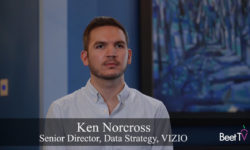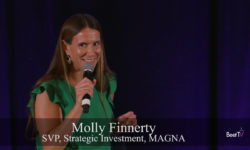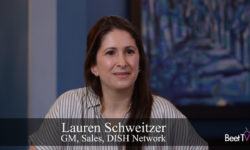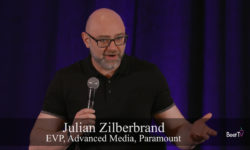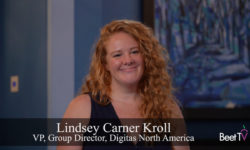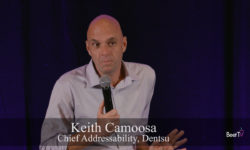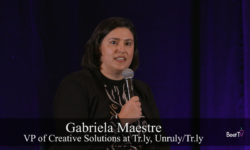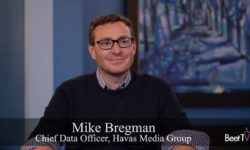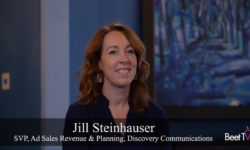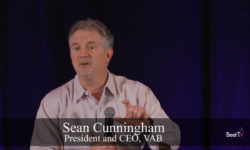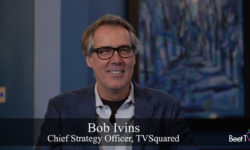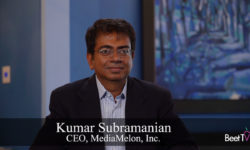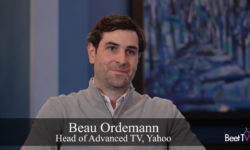SAN JUAN, Puerto Rico – The idea seems so simple – reach the right audience, through the richest screen in the house.
But, for many ad buyers, embracing the real potential of connected and over-the-top TV (CTV and OTT) is proving harder than it looks,
In this video interview with Beet.TV, Craig Berlingo, Chief Product Officer, MadHive, explains why the prize is worth solving for.
Programmatic TV
MadHive works with broadcast groups to enable their salespeople to visit, plan, buy and measure across linear and IP-delivered TV, amongst other channels.
It offers a programmatic platform for all parts of the ecosystem – buyers, sellers and data partners – including supporting planning, buying, measurement and AI-based optimization.
MadHive’s foray into CTV has been bold. As MediaPost puts it: “MadHive’s clients include TV stations’ locally based OTT advertising platforms, including Fox Television Station’s FLX; Tegna’s Premion; Hearst Anyscreen and Scripps’ Octane OTT. These locally based OTT operations — once packaged with local, linear TV media schedules — add reach to local TV advertising media buys.”
Berlingo also says the company is exploring serving national advertisers.
Fractured picture
But, for Berlingo, these are the hard yards, building a product that smooths the complexity of a tricky proposition for advertisers.
“CTV is very fractured. It’s very confusing,” he says. “Especially for TV advertisers who are looking to have a similar experience that they did in TV.
“You have different devices, you have different measurements, you are looking at trying to predict inventory in a different way
“(In) local, where somebody is looking for what they used to find on linear and local television, now they’re trying to look for that on connected television and OTT.”
Local latency
The software undertaking required to support such a thing is eye-watering.
Berlingo says MadHive facilitates ad supply through real-time bidding, either via direct relationships or VAST video tags.
He explains: “To do that at just the sheer amount of data that comes in, and you have a hundred milliseconds or so to respond with it and you’re doing that two million times a second is something where you really have to build a platform that can leverage the cloud, can accept a tremendous amount of data and also sort through it and take machine learning and apply that and try to find where the good stuff is and understand the supply landscape, understand when you’re looking for that particular audience and you have frequency minimums or frequency maximums that you can find them over time where they are.”
You are watching coverage from Beet Retreat San Juan 2022, presented by AppScience, Infillion, MadHive, SpringServe, Univision & VideoAmp. For more videos, please visit this page.






